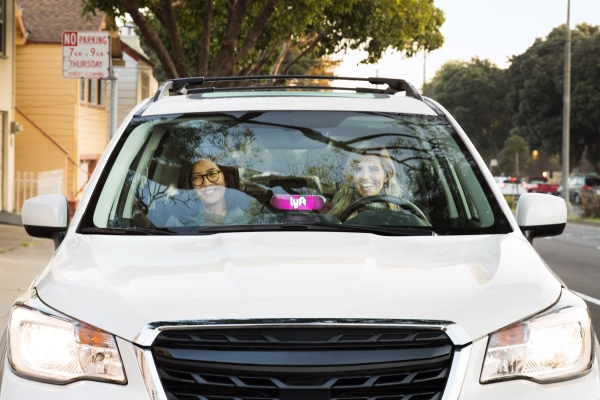Lyft is bringing back shared rides to San Francisco, San Jose, Denver, Las Vegas and Atlanta this May, the company announced on Thursday, noting that the popular reduced fare service will be expanding to other markets in phases throughout the year.
The company originally abandoned its carpooling service in March 2020 when the pandemic made it clear no one would want to ride in a small, enclosed space with other riders, let alone a Lyft driver. Last summer, Lyft brought back a limited version of shared rides in Chicago, Denver and Philadelphiaand the company says it has already launched the service in Miami.
Uber also ditched its Uber Pool service in March 2020, but started bringing it back last fall.
Bringing back shared rides is an interesting move to make in the wake of Lyft’s first quarterly earnings report that revealed decreased revenue per rider quarter-over-quarter and a company that is still working to turn a profit. Carpooling has the potential to be a money sucker in the short term, largely because Lyft doesn’t have the scale yet for discounted fares to reach favorable unit economics.
Even with scale, discounting prices in order to get people to use the service can be risky, especially if, for example, a rider selecting a shared ride doesn’t get paired with any other riders. Lyft would still honor the quoted price and pay the driver a fixed amount, so the result would be Lyft subsidizing rides and making less money on them.
Rides with Lyft have been more expensive than usual due to an ongoing driver shortage that has led to increased demand for rides. This is largely how the company was able to beat its own revenue expectations in the first quarter, despite the number of active riders steadily declining since Q3 2021. Lyft took a $350 million hit in Q1 trying to incentivize drivers to come back to the platform, and on Thursday said that shared rides would be completely optional for drivers through 2022 without penalty.
(Note: This could imply that Lyft drivers have historically received penalties to either their ratings or access to the app for choosing to opt out of carpools, which drivers have described as a hassle due to inefficient routing.)
However, if the driver shortage continues, Lyft will have to keep charging higher fares for rides and, thus, will lose more riders.
This is where the shared rides comes back in. While the service likely won’t be a profitable one for Lyft at first, it might alleviate the driver shortage and bring riders back to the platform for the long haul.
What to expect from Lyft’s carpool resurgence
Carpooling with Lyft won’t look exactly the same as it did pre-pandemic. The company will restrict each shared ride to just two passengers, which Lyft says will make for more efficient rides with fewer unnecessary detours. It also means that each ride request will be limited to one person, so riders can’t book a shared ride for two people at this time.
Riders will now also be able to request a shared ride ahead of time to get even more affordable pricing, the company says.
“The further in advance a rider books, the more discounted the ride,” said Lyft in a blog post.
In terms of rider and driver etiquette, Lyft said masks are optional, and everyone should respect each other’s choices about masking up.
